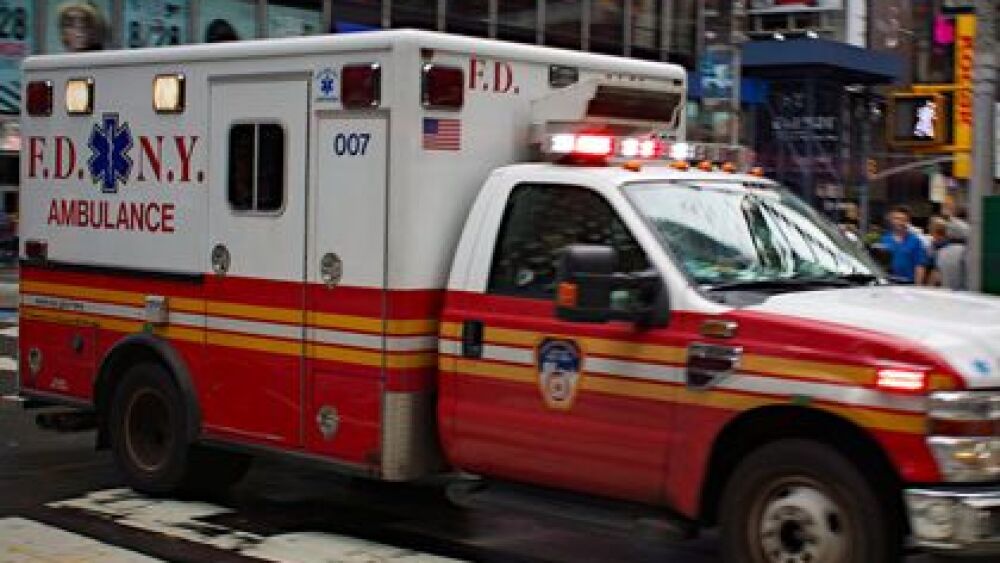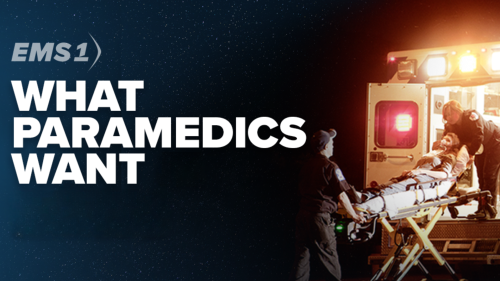By Bill Carey
SA���ʴ�ý
NEW YORK — New York City Uber drivers working 32 hours weekly for 50 weeks earned an average of $52,900, far exceeding the $39,386 base salary of first-year city EMTs, according to an October report from the ride-share company.
EMTs spend hundreds of hours learning life-saving skills but must work five years to reach a maximum base salary of $59,534, plus benefits, the reported.
“I have friends who have left this job to do Instacart, to do Uber, to do Lyft,” Local 2507 President Oren Barzilay said. The union represents the city’s 4,100 EMTs and paramedics.
Uber drivers, whose pay is regulated by the city’s Taxi and Limousine Commission, have received five raises since 2020, including a 3.49% inflation-based increase in March.
City EMS workers have been without a contract for over two years. Barzilay says they seek “pay parity” with other uniformed services, a promise Mayor Eric Adams made in 2021 but has yet to fulfill.

















